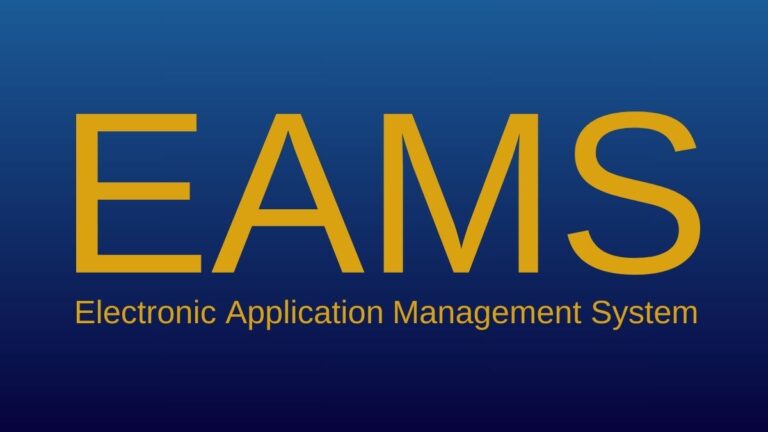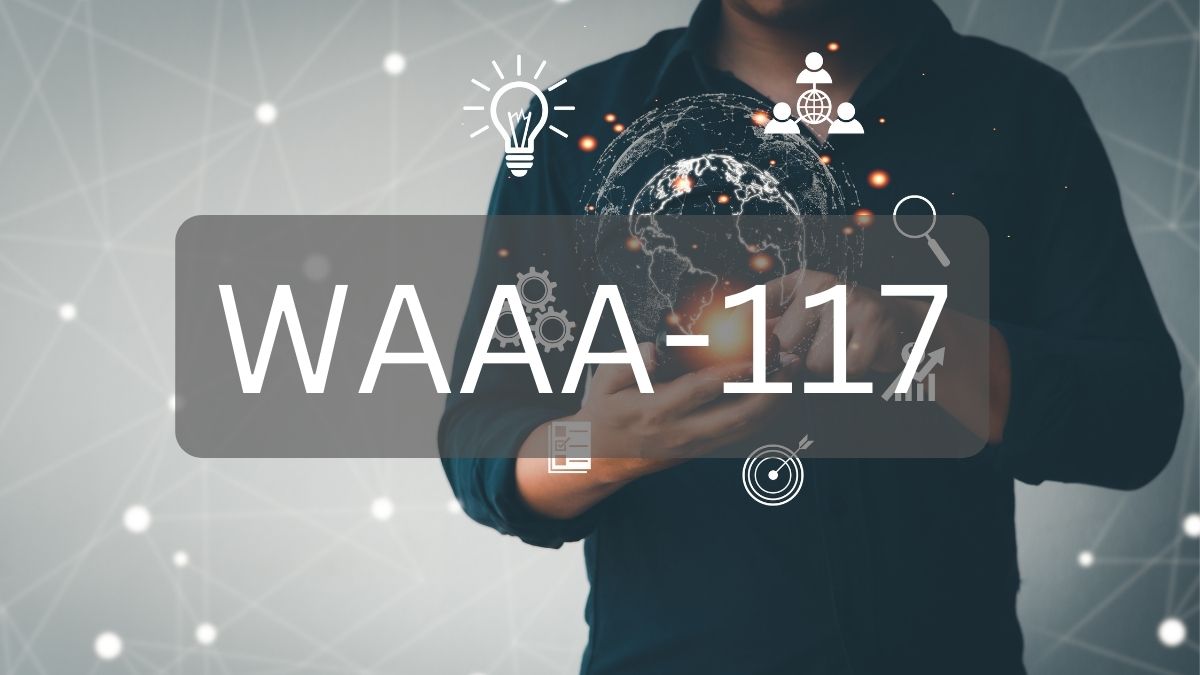In recent years, the term waaa-117 has gained traction in various fields, particularly in technology and environmental science. This article aims to provide an in-depth look at waaa-117, its implications, and its significance in modern contexts.
What is WAAA-117?
WAAA-117 refers to a specific classification or standard that addresses challenges and requirements in multiple sectors. While the acronym may seem technical, its impact is profound. The framework behind it has been developed to streamline processes, enhance efficiency, and foster sustainability.
Historical Context
The inception of waaa-117 can be traced back to the growing need for standardized practices in industries that often faced inconsistencies. For example, in the early 2000s, many organizations struggled with varying guidelines, leading to inefficiencies. As a response, experts convened to create a unified framework that would promote best practices.
Evolution Over Time
Initially, the focus was on specific industries such as manufacturing. Over time, it expanded to include sectors like environmental management and information technology. This evolution highlights the adaptability of the framework, showcasing its relevance across multiple domains.
The Importance of WAAA-117
Enhancing Efficiency
One of the primary goals of this standard is to enhance operational efficiency. By providing clear guidelines, organizations can streamline their processes. For instance, a manufacturing firm that adopts its principles can reduce waste and optimize resource allocation.
Promoting Sustainability
Sustainability is a critical focus of this framework. In today’s world, companies face increasing pressure to adopt eco-friendly practices. It encourages organizations to implement sustainable technologies and practices, thereby reducing their environmental footprint.
Case Studies
Consider the case of a tech company that integrated the principles into its operations. By adhering to the framework, the company reduced its energy consumption by 30% within a year. This example underscores the tangible benefits of adopting these practices.
Key Components of WAAA-117
Understanding the key components of waaa-117 is crucial for effective implementation. Here are some essential elements:
1. Standardization of Processes
Standardization ensures that all operations adhere to a consistent set of guidelines. This component minimizes errors and enhances quality control.
2. Performance Metrics
The framework emphasizes the importance of measurable performance metrics. By tracking these metrics, organizations can identify areas for improvement and make data-driven decisions.
3. Training and Development
An effective implementation requires a well-trained workforce. Organizations must invest in training programs that equip employees with the necessary skills to adhere to the framework.
4. Continuous Improvement
It promotes a culture of continuous improvement. Organizations are encouraged to regularly assess their processes and seek innovative solutions to enhance efficiency and sustainability.
Challenges in Implementing WAAA-117
While the benefits are clear, organizations often face challenges during implementation. Here are a few common hurdles:
1. Resistance to Change
Employees may resist new processes due to comfort with existing methods. Change management strategies are essential to address this challenge.
2. Resource Allocation
Implementing this standard may require significant resources, including time and money. Organizations must plan effectively to allocate the necessary resources.
3. Lack of Awareness
A lack of understanding of the framework can hinder its adoption. Organizations should prioritize education and awareness campaigns to familiarize employees with it.
The Future of WAAA-117
As industries continue to evolve, the relevance of waaa-117 is expected to grow. Emerging technologies, such as artificial intelligence and blockchain, present new opportunities for applying its principles. For instance, AI can be used to analyze performance metrics in real time, allowing organizations to respond swiftly to inefficiencies.
Potential Developments
Experts predict that the future of this framework will include more robust tools for data analysis and decision-making. Additionally, as sustainability becomes a greater focus globally, it will likely incorporate more comprehensive environmental guidelines.
Conclusion
In summary, waaa-117 represents a significant advancement in the quest for operational efficiency and sustainability across various industries. By promoting standardization, performance metrics, and continuous improvement, this framework offers organizations a pathway to enhance their practices. Despite the challenges associated with its implementation, the benefits far outweigh the drawbacks. As we look ahead, its adaptability will likely play a crucial role in shaping the future of industries worldwide.
FAQs
- What is the primary goal of waaa-117?
- The primary goal is to enhance operational efficiency and promote sustainability across various sectors.
- How can organizations implement waaa-117?
- Organizations can implement it by standardizing processes, tracking performance metrics, and investing in employee training.
- What challenges do organizations face with waaa-117?
- Common challenges include resistance to change, resource allocation, and lack of awareness among employees.
- What industries can benefit from waaa-117?
- It is applicable across multiple industries, including manufacturing, environmental management, and information technology.
- What does the future hold for waaa-117?
- The future may involve advancements in technology, such as AI and enhanced sustainability practices, making it even more relevant.










